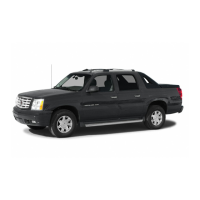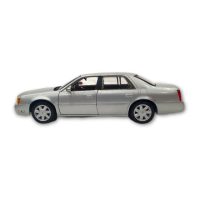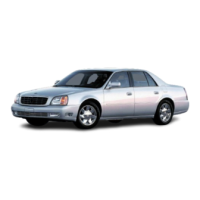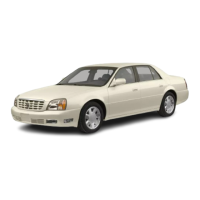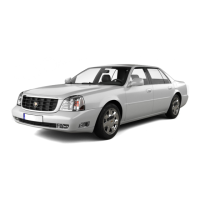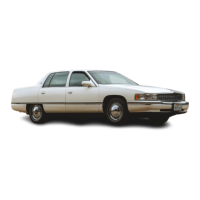3.
pi&
up
the
!atcig
piao,e
aRr:
p!!
‘Ihe
bejf
2crC)ss
yoi.
Don’t let it get twisted.
The lap-shoulder belt may lock if you pull the belt
across you very quickly. If this happens, let the
belt go back slightly to unlock it. Then pull the belt
across you more slowly.
4.
Push the latch plate into the buckle until it clicks.
Be sure to use the correct buckle when buckling
your lap-shoulder belt.
If
you find that the latch plate
will not
go
fully into the buckle, see if you are
using the buckle for the center passenger position
Pull up on the latch plate to make sure it is
secure.
If
the belt isn’t long enough, see
Safety
Belt Extender
on
page
1-28.
Make sure the release button on the buckle is
positioned
so you would be able to unbuckle the
safety belt quickly if you ever had to.
The lap part of the belt should be worn low and snug on
the hips, just touching the thighs. In a crash, this applies
force to the strong pelvic bones. And you’d be less likely
would apply force at your abdomen. This could cause
serious or even fatal injuries. The shoulder belt should go
over the shoulder and across the chest. These parts of
the body are best able to take belt restraining forces.
The safety belt locks
if
there’s a sudden stop or crash, or
if you pull the safety belt very quickly out of the retractor.
1-
-I:-I-
..--I--
&I^-
I--
L,I+
IS.
,-.
.
-l:A
.,-Jew
:+
+hn
Lnl+
LU
511ut:
UI
IUGI
LIIG
lap
UCIL.
II
yuu
~IIU
UIIUGI
11,
LIIG
UGIL
1-15

